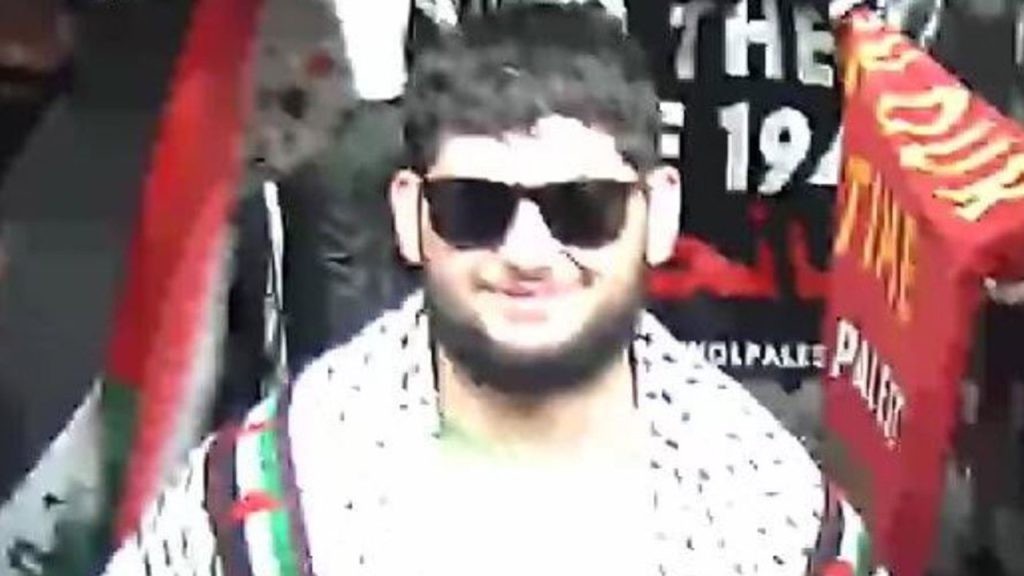Anti-Israel protester Anas Saleh turned himself in to New York City law enforcement to face charges of coercion after harassing strangers on a subway. Saleh along with other protesters had entered a subway car shouting at passengers, demanding they identify as Zionist or leave. The incident occurred on June 10 on the 5 train in Union Square, with no arrests made that night. Saleh was given a desk appearance ticket and will have to return to court to face the criminal charge against him.
During the same day as Saleh’s incident, anti-Israel protesters disrupted a Manhattan exhibit memorializing the victims of the Nova music festival who were killed or kidnapped on Oct. 7. Protesters clashed with police outside the exhibit during what they labeled a “citywide day of rage for Gaza.” Video of the incident shows a tense exchange between protesters and police as officers ordered the protesters to move outside the barriers lining the street.
The NYPD Chief of Transit Michael Kemper confirmed the incident involving Saleh and other protesters chanting on the subway. The protesters had held the train doors while yelling at passengers, creating a disruptive and intimidating environment. Saleh’s decision to turn himself in was likely in response to the criminal complaint filed against him for coercion following the subway incident. It remains to be seen how the legal proceedings will unfold for Saleh and the others involved in the disruption.
The actions of Saleh and the other protesters have drawn scrutiny from law enforcement and the wider community in New York City. The aggressive and harassing behavior displayed by the protesters has raised concerns about public safety and the right to peaceful assembly. The incident on the subway and the disruption at the memorial exhibit have sparked a dialogue about the appropriate boundaries for protest and the consequences of crossing those boundaries.
The incident involving Saleh and the other protesters highlights the complex and sometimes volatile nature of political demonstrations in urban environments. While individuals have the right to express their views and engage in protest activities, there are legal limits to what constitutes acceptable behavior. The clash between protesters and police at the Manhattan exhibit underscores the challenges of maintaining order and ensuring public safety during times of heightened tension and emotion.
The unfolding legal case against Anas Saleh and the anti-Israel protesters will likely serve as a test of the criminal justice system’s ability to address and deter similar incidents in the future. By holding individuals accountable for their actions and enforcing consequences for illegal behavior, law enforcement aims to maintain order and protect the rights of all residents in New York City. The outcome of Saleh’s case and the response from authorities and the community will provide valuable insights into the effectiveness of the legal system in addressing instances of civil unrest and social conflict.













